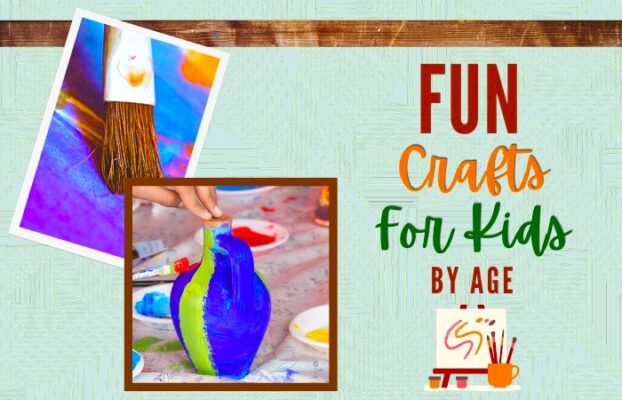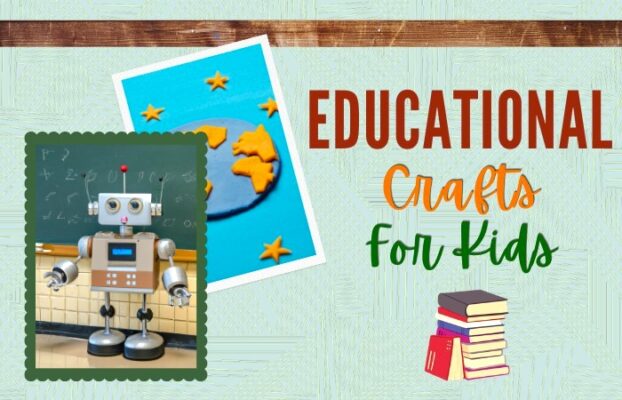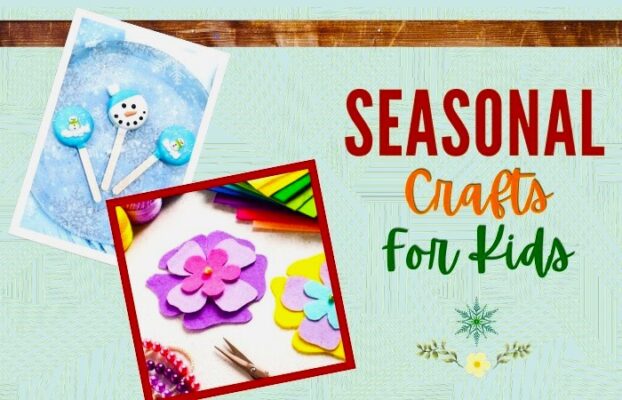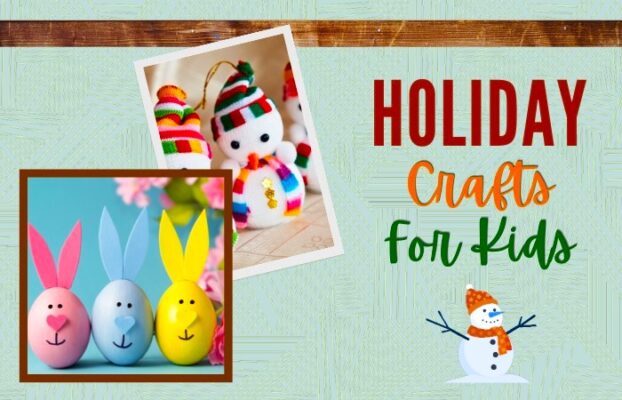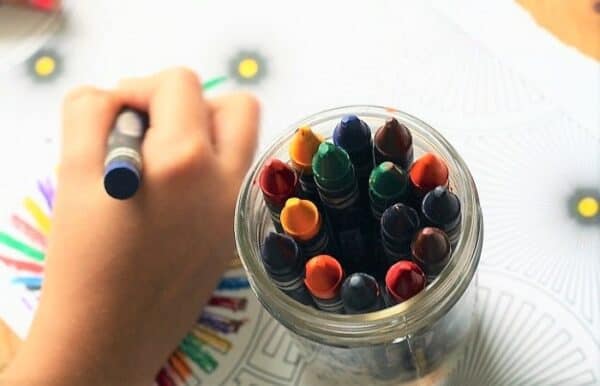
Preschool activities are your secret weapon to get your toddler to fall in love with learning.
In a world where electronics dominate, it is important to keep preschoolers active. This helps them with their learning.
If you are the parent of one of these precious little ones, you are blessed. But any parent with an energetic young toddler knows it can be difficult to focus a child’s attention for any period of time.
And you have the wonderful task to get your preschooler ready for school.
Preschool Activities To Grow And Learn
Bless their hearts … there is no one more enthusiastic about life than a preschool child. For my kids, the preschool years had the biggest impact on their mental growth.
It seems they went from playing with toy cars to reading ABC in no time. I used preschool activities as teaching moments so they could learn things they would need in preschool. During cooking I let my kids help to count eggs during baking … a sneaky way to start math.
All young kids need interactive preschool activities to teach simple basic skills. Although they may seem simple, they help young kids to quickly learn life skills.

1. Finger Paint A Colorful Picture
It’s never too early to start painting and coloring! Kids can learn much from finger painting.
Initially, it is a sensory sensation for children. It allows them to learn the dexterity of the hand while strengthening their muscles. Then it progresses to writing as kids start to color with crayons.
2. Cut Out Shapes
If your preschooler is restless, just cut out some shapes on paper and let the children decorate the shapes. For more fun, break out some glitter markers and some stickers. Foam is also a good option for younger children. Foam does not tear easily and is very versatile which makes it a good material for young children to craft with.
3. Paint On A Giant Easel
A giant easel is a great place to encourage your child’s creativity. For a colorful backdrop, you can use leftover rolls of wallpaper. When they are feeling creative, you can cover a wall with paper and stick it up with tape. You can give paints, crayons, and chalks to your kids and let them create to their heart’s desire.
4. Create Colorful Wax Figures
Wax is another medium that can strengthen little fingers. You can give old, wax crayon stubs to your kids and let them cut it up with a butter knife. And let them put the shavings onto a piece of wax paper.
When they’re done, carefully take their creations to the ironing board, and lay another piece of wax paper on top. Then you can briefly press with a warm iron. Let the kids watch as the colors melt together. After, you can put them on the table to cool and harden.
5. Have Fun In The Kitchen
A kitchen is another room to teach basic math skills and simple directions.
If you have a favorite cookbook, you can let your kids choose a simple recipe. Then your family can work together to make a snack, dinner, or dessert. The older ones can do the main cooking, and the younger ones can do the measuring or decorating.
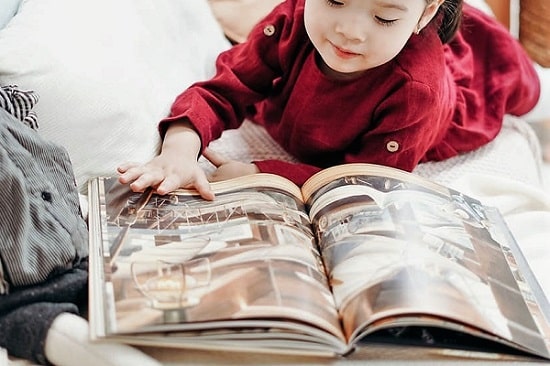
6. Read A Story
Language is so important to learn at this stage. Although some toddlers can take a while before they start talking, their understanding of words is always growing. These are preschool activities to help your toddler to talk and use words better.
Talking to your young kids, even when they can’t word a response, is so vital. At bedtime, you should read and discuss a book or a chapter of a book. You can even make up a new ending to make it more interesting. If you encourage the use of “out of the box” ideas, this will increase your child’s imagination.
7. Make A New Story
You can create verbal stories together with your preschooler. Start out a story with a few lines and then let her pick up. You can do this in round-robin style or let your child take over and see where the story goes from there.
Or if you are busy, your kids can also make up their own stories. They can sit in a ring and “add a sentence” until the silly story ends. We’ve ended made up lots of really funny stories this way.
8. Play Recognize The Letter Game
This one is really good for older kids who are learning to read, write and spell.
Everyone in the room can take turns saying a word. Any old word will do, the next person then has to take the last letter of the first word and think up another word, and so on. The winner is the last person to be able to think up a word.
9. Recognize And Name New Objects
Do you want to help your child learn new words? If so, an interactive game like this is perfect for kids!
The game promotes the fun of reading among children aged 6-12 years. Children learn new words, win badges, and race to the finish line to win prizes.
10. Take A Trip The Library
A trip to the local library can be good fun and useful for researching “the way it was” in your area. So instead of making Saturday morning a time for sleeping in or television watching, consider making it a habit to spend Saturdays at a local library.
11. Bake A Fun Lesson
Most children have a love for cooking and enjoy experimenting. Baking and cooking can be quite educational. You can use this time to work in concepts such as math when you measure, art when you combine colors for frosting, and letter recognition when you make letter-shaped cookies.
12. Play Indoor Crazy Golf
Indoor crazy golf is an amazing way to get exercise when the kids are stuck indoors. You can get the kids to design a crazy golf course to run throughout the house.
You can use toys, bathroom stuff, kitchen utensils or anything else at hand to create the “holes” and routes. Small plastic golf sets are easy to come by in most toy shops, and they’re usually extremely cheap. You can add numbers to the containers for a fun counting lesson.
13. Dance With Ribbon Sticks
Are you looking for an exercise to flex those little muscles and practice gross motor skills? Ribbon dancing with sticks is another fun indoor exercise. For this, you need nothing more than some strips of wide ribbon and some bamboo sticks.
Make the ribbon length no longer than what the kids can handle. Let the kids loose with the sticks and tell them to try to make shapes, circles, and snakes, etc just like the gymnasts do on T.V.
14. Count And Toss A Ring
This is a great counting game. All you need is a few plastic bottles filled with water, sand or small stones (2-liter bottles are best), and some paper plates. Buy a packet of at least 20 cheap paper plates. Glue 2 paper plates together and cut out the middles to make a ring. When you glue 2 together it will add weight to the rings.
Paint the newly created rings in bright colors and hand them out to the kids. Make a line with chalk or rope for them to stand behind and place the bottles at various intervals and distances away from the children.
Anybody who manages to get a ring over a bottle takes one step back and tries again.
15. Make And Count Beaded Jewelry
Preschoolers love to play with small colorful objects. You can collect beads, buttons, and string in a shoebox. When the kids are bored, you can bring out the shoebox and let them make necklaces and bracelets. You can add beads with numbers and letters to count and spell out the names of family and friends.
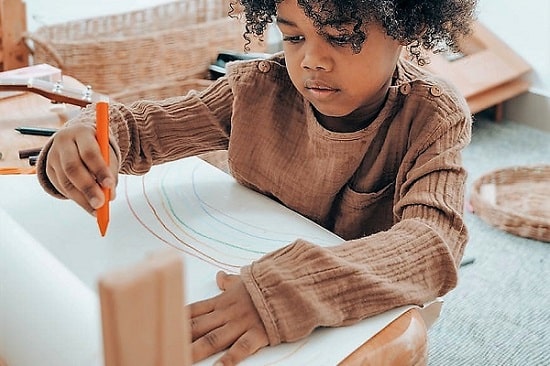
16. Do Math Every Day
When you are spending time together with your preschooler, every situation is a potential learning lesson. You can use everyday situations to give your preschooler a head start in math and reading.
When you are at the grocery store, ask your little one to pick out six apples for you. Once they have mastered their basic numbers, you can make it more complex.
17. Use Candy To Teach
Math can be fun and yummy. To get started early on math, your child can use tiny pieces of food such as gummy bears for addition and subtraction. They can separate the gummy bears into different colors. Talk about how many of each there are, and what the total number is. Ask them to subtract one pile from the rest. These kinds of activities help them to understand the concrete principles of math.
18. Solve Puzzles
I don’t know any preschooler who doesn’t like to solve a puzzle. They are made to help your child learn many things, like hand-eye coordination and putting things in the right spot. You can make a puzzle out of anything that you like. Just make sure that the pieces are big and chunky so it makes it easy for your child to pick them up.
19. Bake With Math
Your preschooler will be a baker like no other. Most children have a love for cooking and enjoy experimenting. Use this time to work in math when you measure, art when you combine colors for frosting, and letter recognition when you make letter-shaped cookies and other goodies.
20. Race Sail Boats With Numbers
This one is a really old pastime, but tons of fun. Get a plastic bottle and cut it in half lengthways.
You can make the sail from a wooden Kebab stick and some paper. Make sure you hang some weight to the bottom of the boat to make sure it doesn’t keel over. A lollypop stick with some oil-based play dough will work for a short while. Once the boats are ready, walk to your nearest pond or stream, and go sailing.
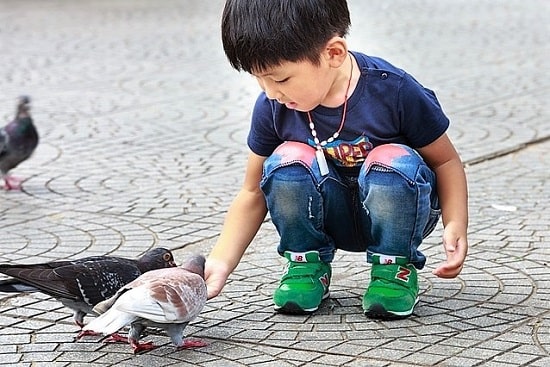
21. Have A Backyard Treasure Hunt
The backyard is a great place to learn about nature. And what kid doesn’t love a treasure hunt? This can be done in the house, garden, or small deck. You can hide some small items, toys, or sweets in various places. If you want to add more fun, you can draw up maps with “X Marks the Spot” and easy-to-follow directions.
22. Add A Sandbox
Kids love to play in the sand and a sandbox is a great place to practice moving those little fingers. Buy a cheap plastic double-sided sandbox. Fill one half with sand and the other half with water. Add a whole lot of old kitchen utensils and containers, and the kids will occupy themselves for ages.
Make sure you always cover the sandbox when the kids are done, or you might find that your neighbor’s cats may think it’s their litter box.
23. Plant Small Seedlings
If you have a garden, see if your kids want to make a vegetable patch of their own. Seeds are pretty cheap and most vegetables are extremely simple to grow and cultivate.
Your kids can start with carrots, lettuce leeks, spring onions, and pumpkins for starters. By the end of the summer, they will learn about nature and the green cycle of life.
24. Start A Mini Worm Farm
For a cool science lesson, your kids can make a small mini worm farm .
Get a large clear plastic container, some soil, leaves, a little sand, and some bits of vegetables to create the farm. Fill the container with loose layers of soil and sand. Make the soil layers about 4x the size of the sand layers. Also make sure the top layer is soil. Drop some small bits of vegetables and leaves on top, and then put the worms in. Add a lid of some sort, making sure it has air holes.
The worms will tunnel down through the layers, and the kids can see just how good they are at churning up the soil.
25. Go For A Neighborhood Walk
Believe it or not, most kids like to actually learn about the area where they live. When the weather is pleasant, you can take them out for a walk in your neighborhood. Together, you and your kids can explore the houses, parks, and shops in the area. If it is a historical area, then it is the perfect time for a history lesson.
![]()
More Tips For Fun Preschool Activities
Getting a toddler to sit still can be a near-impossible feat. They’re constantly exploring the world around them. That’s a good thing, but sometimes they need some downtime to focus all of that extra energy.
And that’s where preschool activities come in.
These are simple tricks to help develop your child’s fine motor skills:
- Start with preschool activities that encourage their fingers to move – Any kind of play that requires your child to exercise control over the hands and fingers is a great starting point…
- Encourage your kids to use pencils and crayons every day – Kids of all ages love to draw. It is a creative outlet for them to draw the things they love. Often they like to draw things for their friends and family as well as themselves.
- Preschoolers love to play with empty food cartons – There are tons of household items that can be used, so look around and let them use their imagination.
- Show off their final product on the refrigerator with a magnet – Nothing pleases them more than having their artwork displayed for all to see. Your refrigerator box may fall apart, but the fun of building it will last forever.
As your little one grows, you should have preschool activities that will help with growing years. It gives them a sense of knowing they did such a good job, and that everyone is proud of their accomplishments.
![]()
RELATED ARTICLES
- 48 Toddler Activities To Keep Them Busy … Until Naptime
- 25 Preschool Activities To Get Your Toddler Ready For School
- 18 Fun Activities For School Kids That Doesn’t Involve Video Games
- 21 Teen Activities That Are Cool … Even To Their Friends
- 25 Indoor Kid Activities To Keep Your Kids Busy … Without Stress
- 17 Rainy Day Activities For Kids To Brighten Their Day
- 20 Educational Activities For Kids That Doesn’t Include A Screen
- 10 Stem Activities To Get Your Kid To Think Smart
- 30 Fun Family Activities That You Can Do This Weekend
